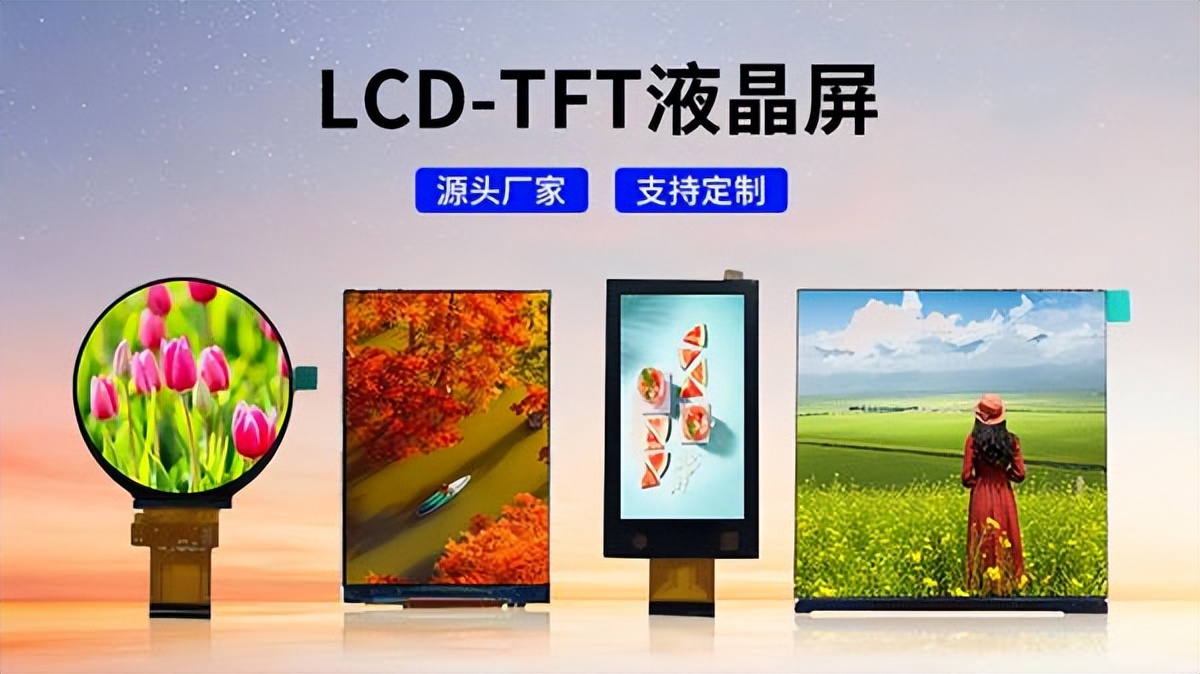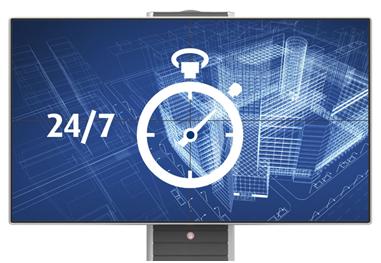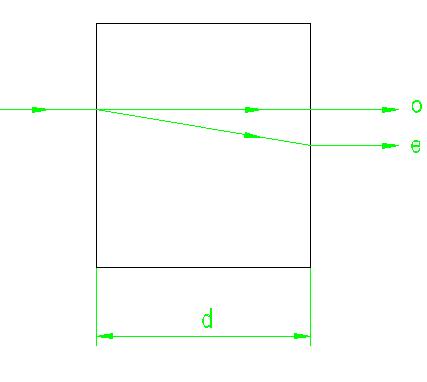Advanced Polarization Technology for LCD Panels
The performance of LCD panels has significantly evolved over the past decade, with viewing angle compensation emerging as a critical factor in display quality. This technology addresses one of the most persistent challenges in liquid crystal displays: maintaining consistent color, contrast, and brightness when viewed from different angles.
Our cutting-edge approach combines three essential technologies to deliver unparalleled viewing experiences across all types of LCD panels:
Poincare Sphere Representation
Precise mapping of polarization states for optimal light control
VA Mode Compensation
Vertical alignment optimization for enhanced contrast ratios
IPS Mode Compensation
In-plane switching techniques for wider viewing angles
Polarization Vector Representation Using Poincare Sphere
The Poincare sphere is a powerful geometric tool used to represent the polarization state of light in three-dimensional space. This representation is crucial for understanding and optimizing the performance of LCD panels, as it allows engineers to visualize and manipulate polarization states with exceptional precision.
Each point on the surface of the sphere corresponds to a unique polarization state, with the sphere's axes representing different polarization parameters:
- X-axis: Represents linear polarization states, with 0° and 90° polarization at opposite ends
- Y-axis: Represents diagonal polarization states, with 45° and 135° polarization at opposite ends
- Z-axis: Represents circular polarization states, with right-handed and left-handed circular polarization at opposite ends
By mapping polarization states onto this spherical geometry, our engineers can precisely calculate how light interacts with different layers of LCD panels, enabling the development of advanced compensation films that minimize color shift and maintain consistent brightness across all viewing angles.
3D Polarization Mapping
Precise polarization state visualization
VA Mode Leakage Compensation Technology
Vertical Alignment (VA) mode is a popular technology in LCD panels known for its excellent contrast ratios and wide viewing angles. However, VA displays can suffer from light leakage when viewed off-axis, which manifests as a decrease in contrast and color accuracy.
Our advanced VA mode compensation technology addresses this challenge through a multi-layered approach:
1. Advanced Compensation Films
We've developed specialized biaxial compensation films that precisely counteract the phase retardation caused by liquid crystal molecules in the VA layer. These films are engineered to maintain optimal polarization states across all viewing angles, significantly reducing light leakage.
2. Optimized Liquid Crystal Alignment
Our proprietary alignment layer technology ensures uniform liquid crystal molecule orientation, minimizing domain structures that contribute to light leakage. This precision alignment results in more consistent performance across the entire display surface.
3. Multi-domain Pixel Structure
By dividing each pixel into multiple sub-domains with slightly different liquid crystal orientations, we create an averaging effect that reduces off-axis contrast degradation. This approach, combined with our advanced compensation films, delivers exceptional viewing angle performance.
The result is a VA mode display that maintains deep blacks, vibrant colors, and consistent brightness even at extreme viewing angles up to 178°, making it ideal for high-end LCD panels used in professional monitors, televisions, and digital signage.
VA Mode Compensation
Advanced leakage reduction technology
IPS Mode Leakage Compensation Technology
In-Plane Switching (IPS) technology revolutionized LCD panels by offering superior color consistency and wider viewing angles compared to traditional TN displays. However, IPS panels can still experience light leakage, particularly in dark scenes, which affects contrast performance.
Our innovative IPS mode compensation technology enhances upon this foundation through several key advancements:
1. Enhanced Electrode Design
Our proprietary electrode pattern design ensures more uniform electric field distribution across each pixel, resulting in consistent liquid crystal molecule rotation. This uniformity minimizes light leakage by ensuring all areas of the pixel switch completely between on and off states.
2. Advanced Polarizer System
We've developed a multi-layer polarizer system that combines absorptive and retardation films to precisely control light polarization. This system is optimized to work in harmony with the IPS liquid crystal layer, reducing unwanted light transmission in the off-state.
3. Pixel-Level Compensation
Our advanced driving algorithms apply pixel-level compensation to counteract any residual light leakage. This adaptive approach ensures consistent black levels across the entire display, even in challenging viewing conditions.
The combination of these technologies results in IPS LCD panels with exceptional color accuracy, wide viewing angles, and significantly improved contrast ratios. Our IPS解决方案 are particularly well-suited for professional applications such as photo and video editing, medical imaging, and high-end gaming displays.
IPS Mode Compensation
Superior color and contrast performance
VA vs IPS: Technology Comparison
VA Mode Advantages
- Higher native contrast ratios (typically 3000:1 to 6000:1)
- Better black levels and deeper blacks
- Lower power consumption in dark scenes
- Generally lower cost to manufacture
VA Mode Limitations
- Slower response times compared to IPS
- Color shift can occur at extreme angles
- Reduced brightness at off-center viewing angles
IPS Mode Advantages
- Superior color accuracy and consistency
- Wider viewing angles with minimal color shift
- Faster response times, ideal for gaming
- Better sunlight readability
IPS Mode Limitations
- Lower native contrast ratios (typically 1000:1 to 1500:1)
- Higher power consumption
- More expensive to manufacture
- Backlight bleeding can be more noticeable
Applications of Advanced Viewing Angle Compensation
Our polarization compensation technologies are transforming the performance of LCD panels across a wide range of applications. By addressing the fundamental challenges of viewing angle dependence, we enable display manufacturers to create products that deliver exceptional visual experiences in any environment.

Professional Displays
For graphic designers, video editors, and photographers who demand color accuracy from any viewing position, our compensation technologies ensure consistent color reproduction across the entire display surface.

Large Format Displays
In digital signage, video walls, and large televisions, our technologies ensure that every viewer experiences the same high-quality image, regardless of their position relative to the screen.

Mobile Devices
In smartphones, tablets, and laptops, our compact compensation solutions deliver excellent off-axis performance while maintaining thin, lightweight designs essential for portable electronics.
Industry-Specific Solutions
Medical Imaging
Our high-precision compensation technologies are critical for medical displays, where accurate color and contrast are essential for diagnostic imaging. Doctors and radiologists can rely on consistent image quality from any viewing angle, ensuring accurate diagnosis and treatment.
Gaming Displays
Gamers demand fast response times and consistent image quality during intense gaming sessions. Our technologies deliver both, with IPS solutions offering rapid pixel response and VA solutions providing deep blacks for immersive gaming experiences.
Automotive Displays
In automotive applications, displays must be visible from various positions under different lighting conditions. Our robust compensation technologies ensure clear visibility for both drivers and passengers, even in direct sunlight.
Professional Monitors
For professionals working in finance, design, and content creation, our high-end display solutions offer exceptional color accuracy and wide viewing angles. Multiple users can collaborate around a single screen without compromising image quality.
Interactive Viewing Angle Demo
Experience the difference our polarization compensation technology makes in real-world viewing scenarios. Use the controls below to adjust the viewing angle and compare the performance of standard LCD panels with our advanced compensated solutions.
Standard LCD Panel
Viewing Angle: 0°
Our Compensated LCD Panel
Viewing Angle: 0°
Observations:
- At 0° viewing angle, both displays appear similar in quality.
- As the angle increases, the standard LCD panel shows significant color shift and contrast reduction.
- Our compensated LCD panel maintains consistent color and contrast even at extreme viewing angles.
- This demonstration highlights the importance of advanced polarization compensation in modern LCD panels.
The Future of LCD Panel Technology
As display technology continues to evolve, our commitment to advancing polarization compensation techniques remains unwavering. We're constantly pushing the boundaries of what's possible with LCD panels, developing innovative solutions that deliver superior performance, energy efficiency, and visual quality.
Material Innovation
Our research team is developing next-generation compensation films with enhanced optical properties, enabling even better viewing angle performance while reducing thickness and weight.
Process Optimization
We're continuously refining our manufacturing processes to improve precision and consistency, ensuring that every display incorporating our technology meets the highest quality standards.
Integration with Emerging Technologies
Our compensation technologies are being optimized for integration with quantum dot displays, mini-LED backlighting, and other advanced display technologies, creating synergistic solutions that push performance boundaries.